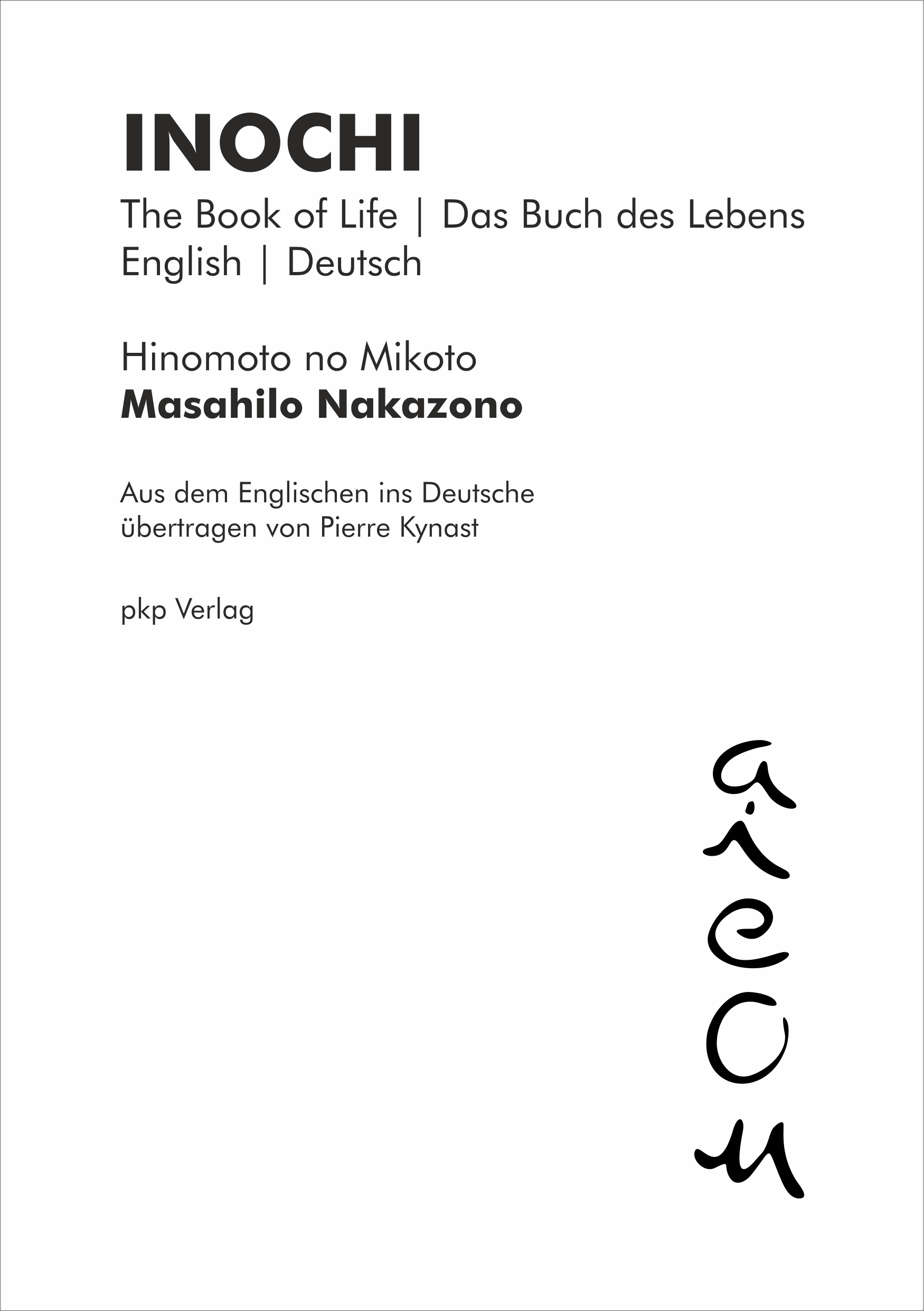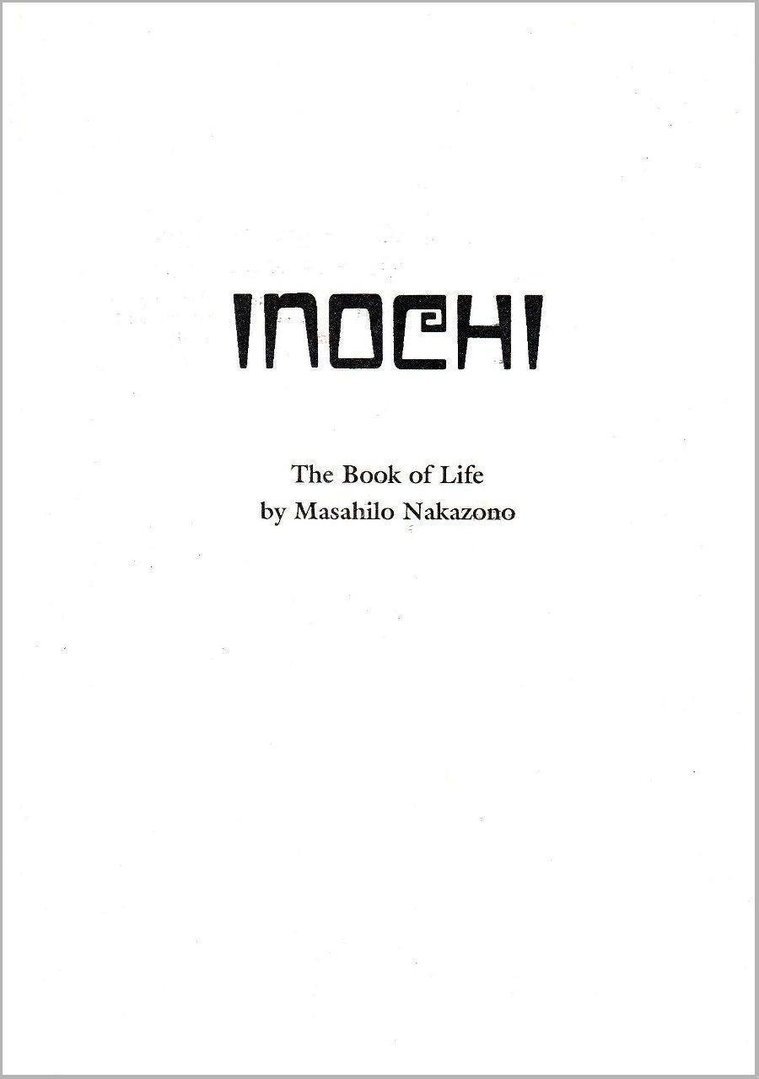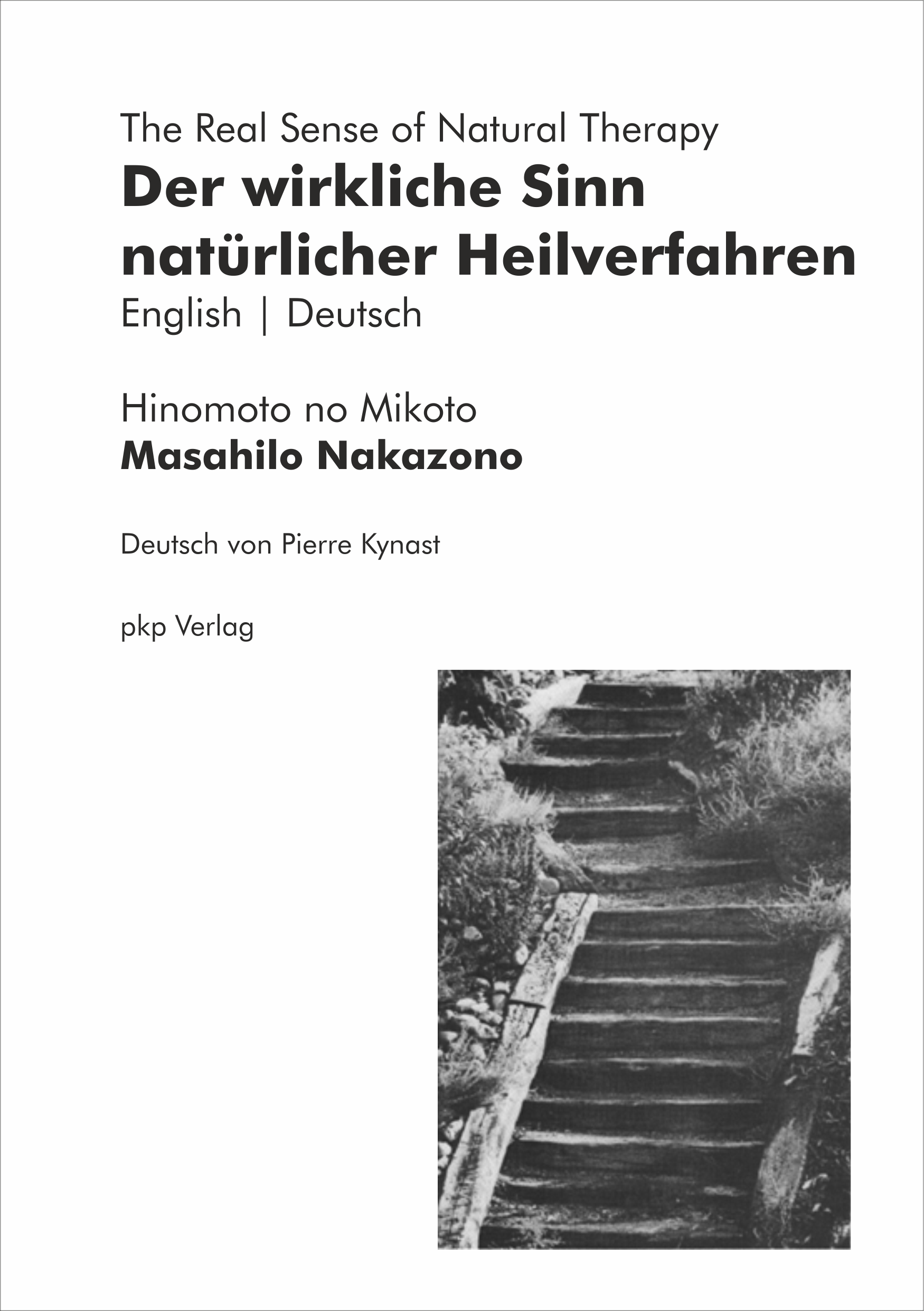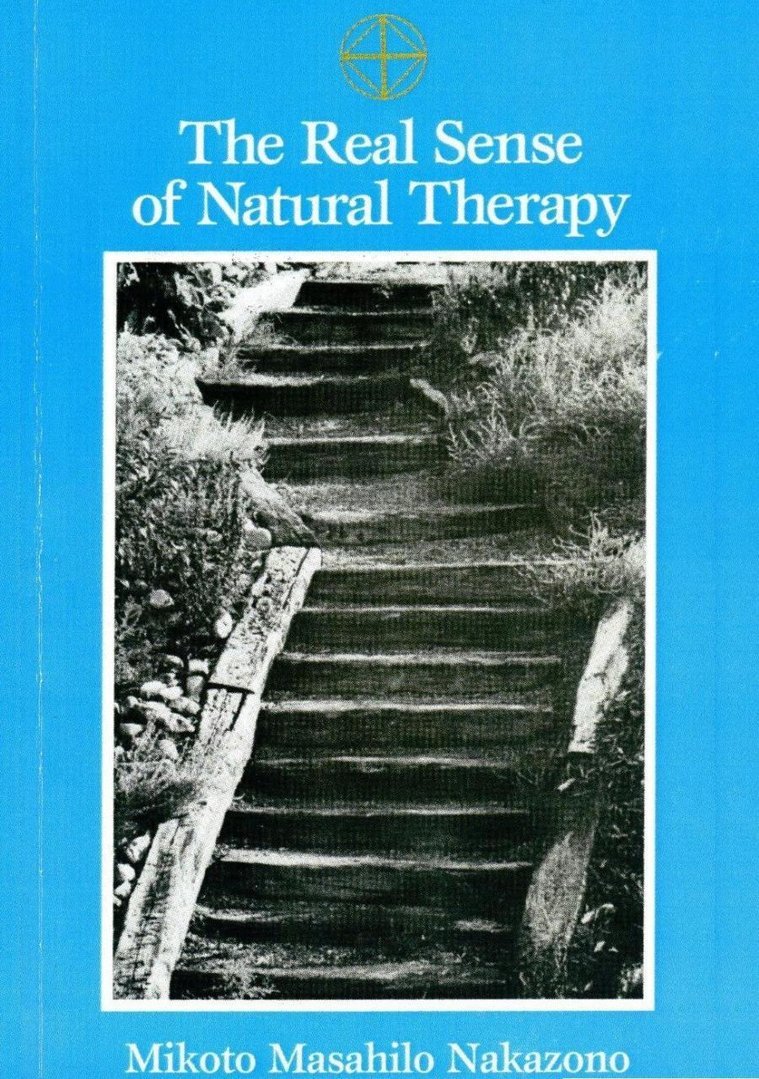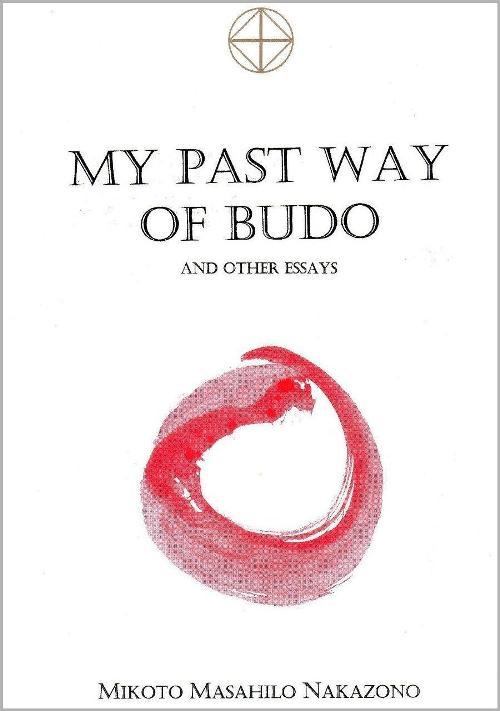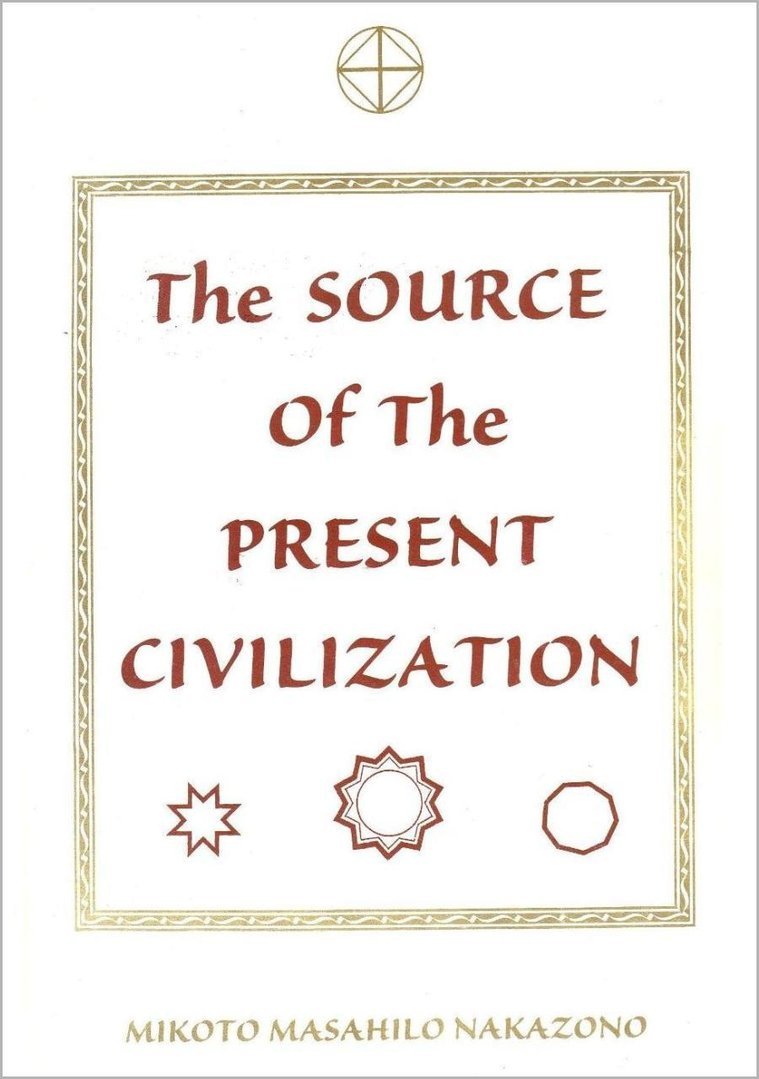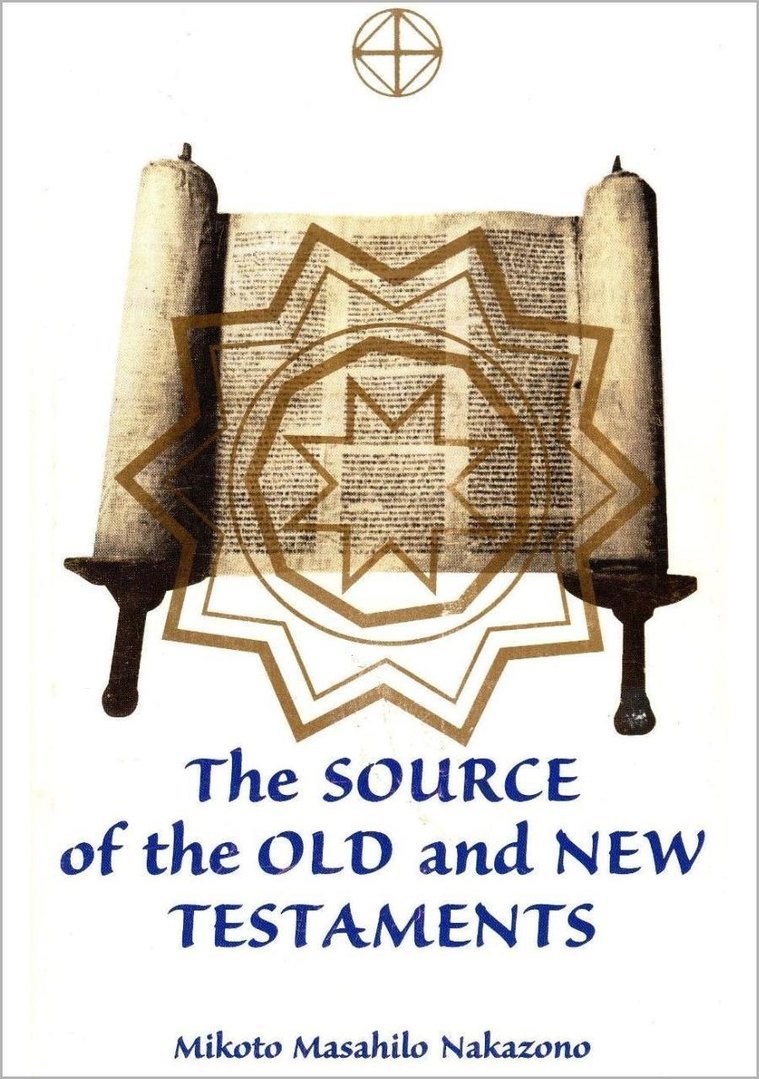Home page Know, can, want to, dare... Kototama
Kototama – The essence of the world. The Word (M. M. Nakazono)
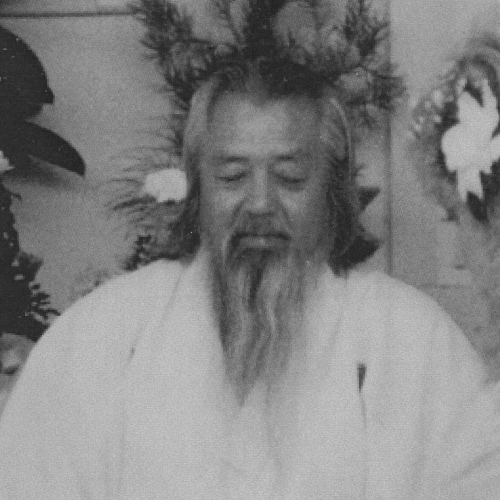 Hinomoto no Mikoto Masahilo Nakazono |
|
 |
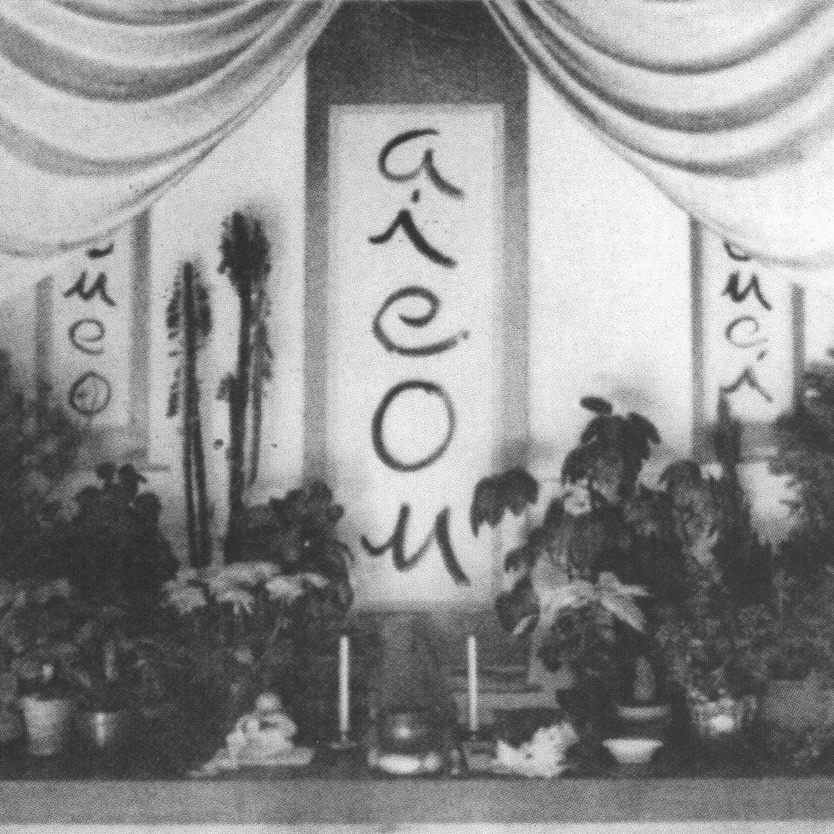 Kototama shrine |
The Kototama principle
The Kototama Principle was perfected many ages ago by our human ancestors. It is the principle of human life in its totality, the principle that governs the activity of the life of the universe. It is the law of the operation of human capacity, its derivation, manifestation and action.
It is within the scope of human capability to create religion, philosophy, art, science, economics, politics, etc. Those manifestations of abilities and actions, from which all civilizations in their myriad aspects are created, follow the principle and law of Kototama. It is, therefore, the basic law or mirror of the Last Judgment.
It is we human beings who must judge the rightness or wrongness, the good and bad, of those things we have created. Without our purification, we cannot make a last judgment.
Some eight thousand years ago, the only true principle for human beings was hidden and civilization went its way in ignorance of it – until now. [...]
For the salvation of all people – to get out of the hell-world of our own making, actual civilization – we must recapture this life principle and turn back again to our natural, original humanity. Salvation does not come from somewhere else. It is we who must save ourselves, but we need the mirror with which to do it. [...]
(Masahilo Nakazono. Inochi.)
Kototama Books USA
www.kototamabooks.com
Complete table of contents of the works of Mikoto Masahilo Nakazono
|
. |
INOCHIThe Book of Life | Das Buch des LebensEnglish: Revised edition, 1984 | Deutsch: Pierre Kynast, 2021 >> Order book & reading sample
This is a bilingual edition of "INOCHI", published in 2021. Beside the English original Text from 1984 and the German translation this book additionally contains the charts of a four sided sound card and a biography of O Sensei Nakazono.
|
|
. |
INOCHIThe Book of LifeRevised edition, 1984 >> Order book & reading sample
In this current of Amatu Kanagi civilization the human mind has no interest in perfectly cooperating with others for a mutual goal. It is naturally impossible for the human heart to feel this way and the uncooperating mind or group must be allowed to go its way. To induce cooperation, it is necessary to devise some very tricky, complicated and underhanded techniques, increasing the confusion of modern society – digging a bigger hell. Until the principle of life returns to the human heart, no one can change the course of this current of civilization. When the time comes for all people on earth to seriously decide to purify themselves from this dark current, for that time, our ancestors left us the one way to do it, the life principle of Kototama. (Mikoto Masahilo Nakazono. Inochi.)
Table of contentsIntroduction Naka-Ima U Dimension A-WA Dimension O-WO Dimension E-WE Dimension Eight Father Rhythms I-WI Dimension Amatu Iwasaka – A General Explanation The Child Sounds Three Principles and One Hundred Deities Appendix Practicing Sounds
|
|
. |
The Real Sense of Natural TherapyDer wirkliche Sinn natürlicher HeilverfahrenEnglish: Originally edited by Sarai Saporta, 1992 | Deutsch: Pierre Kynast, 2022 >> Order book & reading sample
This is a bilingual edition of "The Real Sense of Natural Therapy", published in 2022. Beside the English original Text from 1992 and the German translation this book additionally contains the charts of a four sided sound card and a biography of O Sensei Nakazono.
|
|
. |
The Real Sense of Natural TherapyOriginally edited by Sarai Saporta, 1992 >> Order book & reading sample
Healing can never be perfected as long as the treatment is confined to the maintenance of our physical existence. We need to realize the total relationship of human beings to the plants, earth, water, heat and air, as well as to the earth and heaven. Until that time comes, humanity will continue to fear sickness and death. (Mikoto Masahilo Nakazono. The Real Sense of Natural Therapy.)
Table of contentsForeword Introduction The real sense of natural therapy The difference between natural and modern therapy Self health Sound exercise Breathing therapy Rubbing therapy Shower therapy Self exercise Diet and physical life How to eat Comparison of fruits and grains Food categories Grains, Vegetables, Animal protein, Fruit, Drinks, Condiments, Commercial food, Some diet drinks, Therapeutic drinks Some simple remedies Comparative chart of YIN/YANG About the author
|
|
|
. |
My Past Way of BudoAnd Other EssaysIncluding an essay by Katsaharu K. NakazonoFirst printing 1979 >> Order book & reading sample
Budo: Bu - physical movement; Do - Tao, Logos. The true way of physical action exactly follows the activity of a priori Life Will. This definition was later narrowed to apply only to the martial arts of the Samurai period of Japan. The goal of their excercise was to open up their highest human capacity. Today, people misunderstand this to mean self-defense or a sportive activity. (Mikoto Masahilo Nakazono. My Past Way of Budo)
Table of contentsMy past way of Budo Part one Part two Part Three From the One Source About power Reflections while fishing Truth and reality Borrowed knowledge Awakening to human life Civilization of "Ladies first" Fear at midnight To see white light The meaning of the Word About freedom and discipline (by Katsuharu K. Nakazono) About the author
|
|
. |
The Source of the Present CivilizationFirst printing 1994 >> Order book & reading sample
In this volume, I would like to talk about the origins of our civilization according to the records and documents of Hinomoto Kuni. These records began to be hidden systematically about ten thousand years ago for reasons we will see in the following chapters. They belong to two distinct categories: the first deals with the Kototama Principle itself, the principle of human life, and the second with ancient world history. The two categories were hidden separately. (Mikoto Masahilo Nakazono. The Source of the Present Civilization)
Table of contentsIntroduction Chapter one: An outline of the Kototama Principle The five dimensions of existence The capacity of the five spiritual senses The capacity of judgment Life-will and life-power The subjective capacities Summary of the capacities of the five dimensions Chapter two: Naka-ima Chapter three: Amatsu Iwasaka Chapter four: The relationship between the Kototama Principle and the Bible The hiding of the Kototama Principle Three reasons for hiding the Kototama Principle The ancient documents of Japan Translations from the Takeuchi documents Introduction Amatsu Kami era Amatsu Yo era Fuki Aizu Tyo Kami Yamato Tyo Presentation Records First generation of the Kami Yo era (21 sub-generations) Second generation of the Kami Yo era (33 sub-generations) 1. Origin of the Chinese nation 2. Origin of the Indian nation Third generation of the Kami Yo era, 24th sub-generation Fourth generation of the Kami Yo era, 22nd sub-generation Sixth generation of the Kami Yo era, 22nd sub-generation First generation of the Fuki Aizu Tyo Third generation of Fuki Aizu Tyo Fourth generation of Fuki Aizu Tyo Sixteenth generation of Fuki Aizu Tyo Twenty-sixth generation of Fuki Aizu Tyo Thirty-second generation of Fuki Aizu Tyo Thirty-fourth generation of Fuki Aizu Tyo Fifty-seventh generation of Fuki Aizu Tyo Fifty-eighth generation of Fuki Aizu Tyo Sixty-ninth generation of Fuki Aizu Tyo Seventieth generation of Fuki Aizu Tyo Seventy-first generation of Fuki Aizu Tyo Seventy-second generation of Fuki Aizu Tyo Seventy-third generation of Fuki Aizu Tyo, First generation of Kami Yamato Tyo Third generation of Kami Yamato Tyo Sixth generation of Kami Yamato Tyo Seventh generation of Kami Yamato Tyo Eighth generation of Kami Yamato Tyo Ninth generation of Kami Yamato Tyo Eleventh and twelfth generation of Kami Yamato Tyo Thirty-fifth generation of Kami Yamato Tyo Postscript The missionaries who hid the Kototama Principle Moze-Lomyo-Las (Romulus) Jesus Christ Mohammed Chapter five: The three principles of Kototama The Amatsu Kanagi sound chart The Amatsu Sugaso sound chart The Amatsu Futonolito sound chart Chapter six: Revelation at Belle-Ile Glossary and pronunciation guide
|
|
. |
The Source of the Old and New TestamentsFirst printing 2007 >> Order book & reading sample
The Kototama Principle goes back to the first civilization of the world. It was hidden about ten thousand years ago, and handed down through the ages to our era through symbolic constructions like our mythologies and religions, and ancient sciences like far-eastern medicine, astrology and numerology. Each of these is grounded in the truth of the fifty sound rhythms of Kototama Futomani, our life source, the Word of the Creator. The Bible is one of the books in which the principle can still be found, recorded in symbolic form. I felt the time had come to translate it back to its orginal meaning. My task was not to give a complete translation, but rather to show how the Bible could be read, to help future generations who will look for this life principle and study it as it appears in the ancient documents. (Mikoto Masahilo Nakazono. The Source of the Old and New Testaments.)
Table of contentsForeword The Old Testament The book of Genesis The Garden of Eden Cain and Abel Noah's ark The Tower of Babel General remarks The book of Exodus The book of Deuteronomy The New Testament The gospel according to Matthew The gospel according to John The revelation of John Conclusion Glossary and pronunciation guide About the author
|
The real meaning of the search for the Kototama Principle is the search for the substance of self. We should, therefore, follow the order of our ancestors’ way of teaching and seriously concentrate on completing the search of the inner self.
We should proceed step by step, to clear up the dust, our devil spirits, and correct our mistakes. We cannot otherwise improve our inner dimension, rising to a higher step of inner capacity. However much and hard we study the many things and matters of the world, accumulating a great deal of knowledge, it is still O-WO dimension of self.
Even studying this life principle of Kototama, memorizing my explanation of the fifty sounds, is not the meaning of our inner dimension rising to a higher step than O-WO. It is not the meaning of purification. For that reason, I have had some misgivings about the negative results that might accrue from the writing of this chapter’s explanation.
On the other hand, perhaps today or tomorrow, somewhere, there will be someone who has devoted his life to searching the final reality. For that one person, to provide a reference, I have decided to go ahead with this explanation.
(Hinomoto no Mikoto Masahilo Nakazono. Inochi.)







